Contents
What is the Seasoning of Timber?
Definition: The process by which removal of excess moisture content from the timber at a suitable level in conjunction with improving some qualities is known as seasoning of timber
Timber is wood that’s used for building houses and making furniture. Basically, timbers are used for structural purposes. Those woods which are adapted for building purposes are timber.
When the trees are cut down, it will be having approximately 50% of moisture content. Timber cannot be used immediately after the cutting of trees because the tree contains uneven sap. If excess moisture is present within the timber will shrink excessively. It will even have a tendency to decay So, there is only seasoning of timber is one of the solutions.
The 100% amount of moisture can’t be removed from the Tree. 12-15℅ of moisture remains within the tree after seasoning. Carpentry tools can easily be used on well-seasoned timber. Well-seasoning of timber may contain up to 15%
What are the Reasons for Seasoning the Timber
- To improve the strength and workability of the Timber
- It helps to reduce the probability of the development of shrinkage defects and to form sure durability of timber
- To reduce the moisture content from the Timber
- It Improves the properties of Wood.
- To reduce the load and crack of timber
- It makes the timber receptive to finish like preservatives, paint, and varnish
Methods of Seasoning of Timber
There are Two Methods of Seasoning Timber
- Natural Seasoning
- Artificial Seasoning
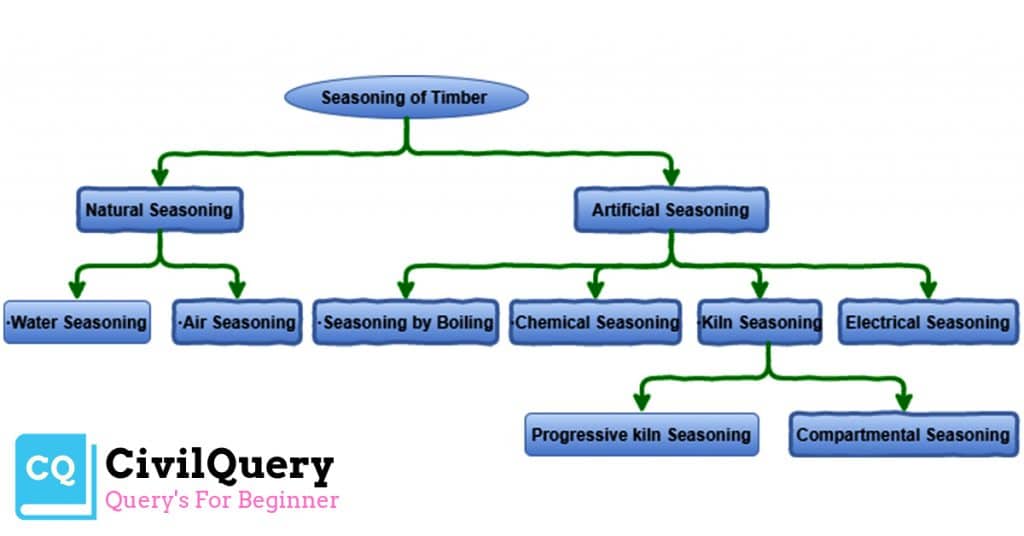
1. Natural Seasoning
The seasoning of timber using natural elements like water, the air is known as NATURAL SEASONING The natural seasoning could even be water seasoning or air seasoning
Water Seasoning
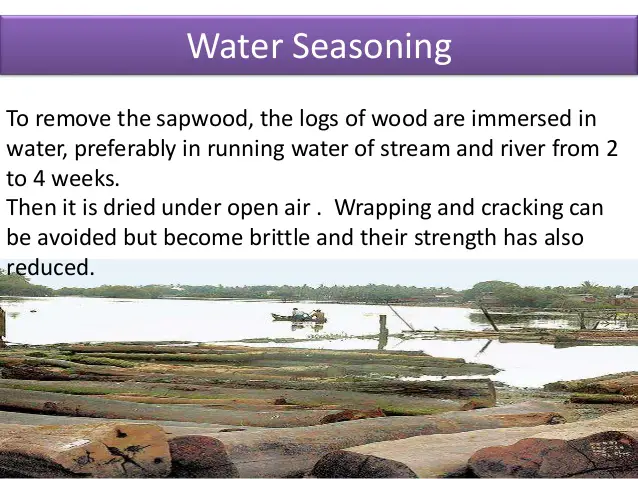
In the Water Seasoning method, the timer was kept immersed in ponds or running streams for 3 to 4 weeks. Maximum sap is washed out from timber by this method. A timber is entirely kept underwater by Chaining them properly. After this process, these timber logs are kept under the shed for open free-air circulation.
Air Seasoning
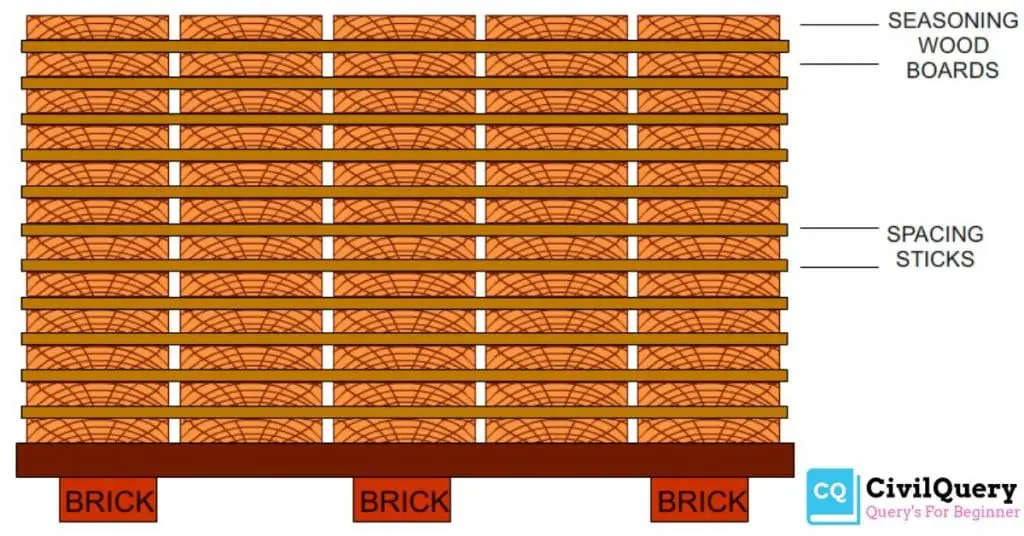
In this method, timber has to be stacked for drying until its moisture content reduces to 15 percent. In this method, water or moisture is driven out from the timber by a very slow process of evaporation. Depending upon the climate, the moisture content of wood is often delivered to about 10 -20℅.
2. Artificial Seasoning
Artificial Seasoning is the process by which timber is dried using a human-made machine named as a kiln. By this method seasoning of timber is done within 4-5 days

Here is the list of Different methods of artificial seasoning.
- Seasoning by Boiling
- Kiln seasoning
- Chemical seasoning
- Electrical seasoning
1. Seasoning by Boiling
Seasoning of Timber is also done by boiling it in water for 3-4 hours. After this process timber is allowed to cool and dry. For a large quantity of timber, the boiling process is challenging so, for which hot steam is passed through the logs of timber in an enclosed room. A seasoning by boiling process provides good elasticity and strength to Timber. This process is economically very costly.
2. Kiln Seasoning
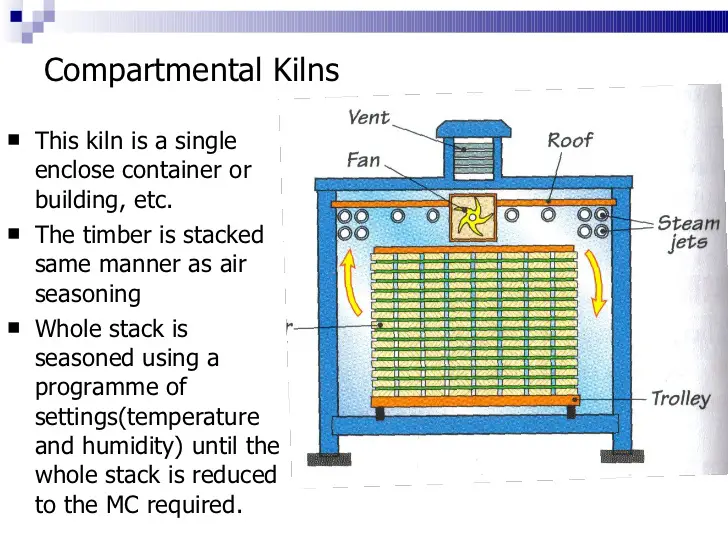
The kiln is an airtight chamber. Timber to be seasoned is placed inside it. Then_ fully saturated air with a temperature of 35°C to 38°C is forced into the kiln. The heat gradually reaches inside the timber.
Then relative humidity is gradually reduced and the temperature is increased and maintained till the desired degree of moisture content is achieved.
Read More: [Free] Download IS Codes (Indian Standard Codes) PDF Books of Civil Engineering
The kiln used could even be stationary or progressive. In the progressive kiln, the carriages carrying timber travel from one end of the kiln to another end gradually.
The recent air is supplied from the discharging end so that the temperature increase is gradual from the charging end to discharging end. This method is used for seasoning on a much bigger scale.
3. Chemical Seasoning

In this seasoning process, timber is stored in a suitable chemical solution of salt for Some time. A salt solution is used to absorb water from the timber. Therefore, the moisture content is removed from the timber, and the timber is allowed to dry. This process affects the strength of the timber.
4. Electrical Seasoning
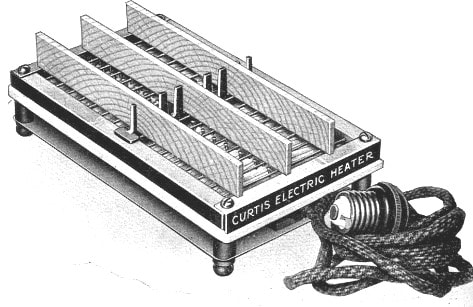
Dry timber is a non-conductor of electricity, whereas green or moisturized timber is the conductor of electricity so, In this method, the alternative current is used for drying moisture from the timber by creating heat.
AAC blocks aluminium formwork Bar Bending Schedule BBS Bleeding in concrete block work Brick masonry brick work Cast-in-situ cement clay bricks compaction test Compressive strength cracks cube mould cube test Deep Foundation Drilled Caissons guest bedroom size kitchen size lift service light weight block living room maintenance non-structural cracks pestcontorl Pier Foundation Pile Foundation plaster work plywood formwork Post-tensioning record sheet room sizes Segregation of Concrete services shallow foundation shrinkage cracks Slump test steel formwork structural cracks timber formwork trey trowel Vee-bee consistometer What is Deep Foundation?


Seasoning of Timber
Very educative
Very educative to me as a wood engineer .This etails more and explains briefly
U r explanations r simple nd very clear..
I stat loving reading things now..
Sir r mam
Im Mr. Mossikkiran.r.g
I want to read more thing but in a easy nd simple manner. I mean the definition should be simple..
Nd i want to become IFS officer..
So can u nd ur website will help me to achieve my goals..please
Thank you
.